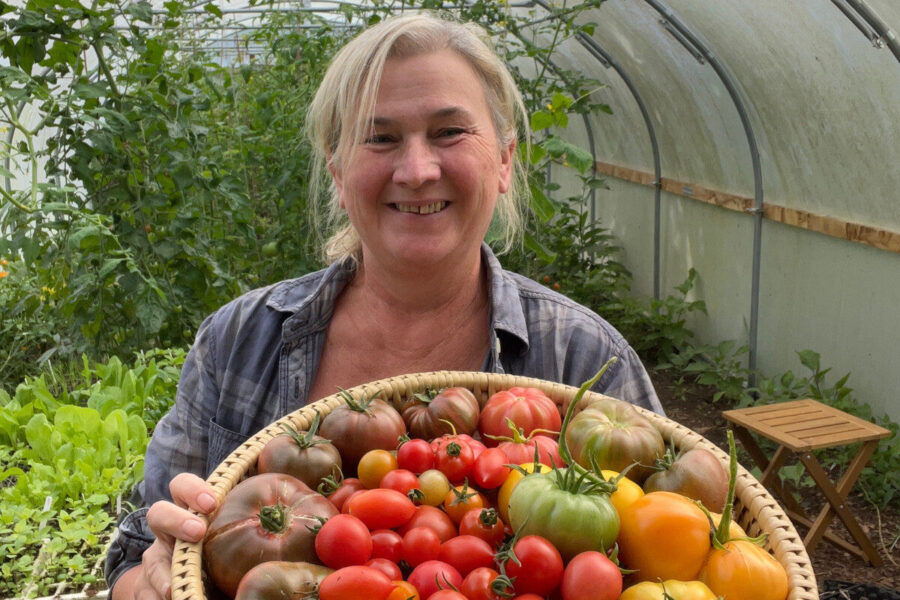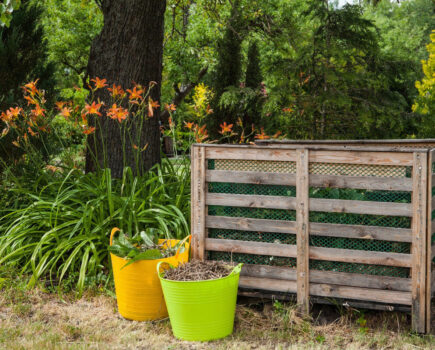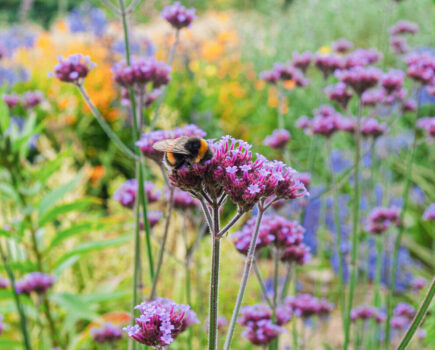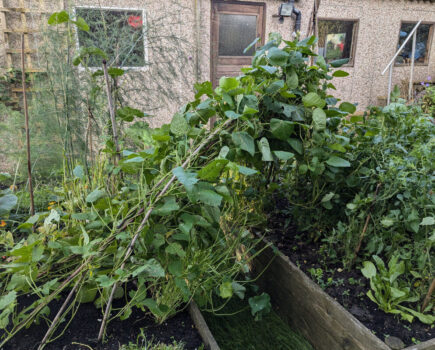Stephanie explains how to decide what to grow undercover
Polytunnel growing can greatly increase your plot’s yields. Plants that are not especially productive in the UK climate can thrive undercover and it also expands the varieties that you can realistically grow. Aubergines, for example, are often tricky to grow outside, but are bountiful in a polytunnel.
To make the most of this valuable space, decide what to grow undercover and what should be grown outside.
Where you live in the UK is also a crucial factor in deciding what to grow and where. In warmer parts of the UK, courgettes and summer squash thrive outside, but in cooler areas with a shorter growing season, growing them in a polytunnel means they are much more productive.
Wherever you live, tender crops such as melons, cucumbers and tomatoes undercover makes sense. The extra protection from extreme weather helps them establish earlier and the polytunnel’s microclimate means they will crop longer into the autumn.
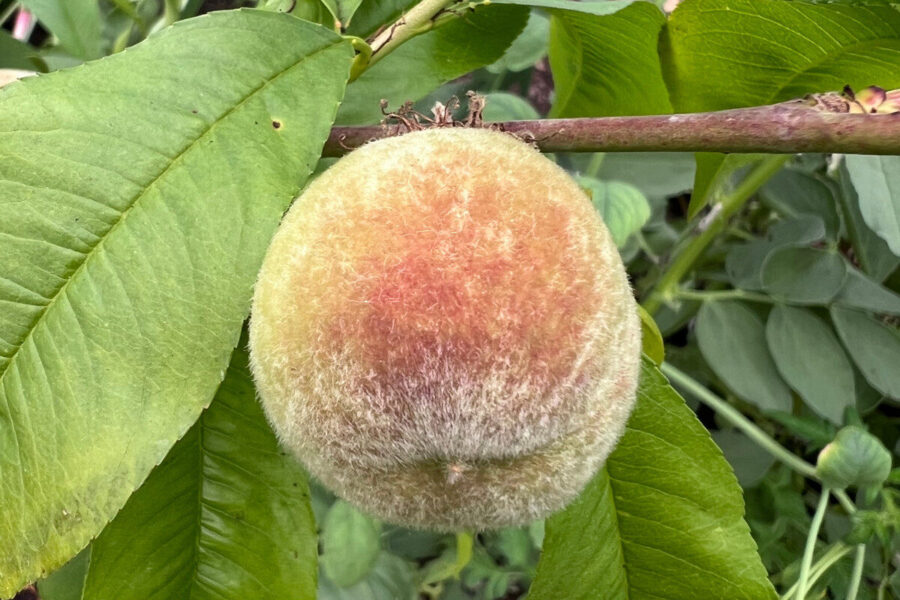
In some locations, tomatoes can last in a polytunnel until almost the end of the year and they will benefit from undercover protection from blight, significantly reducing the risk of contamination.
Grow early strawberries
Similarly, tender herbs will be more productive in a polytunnel. Basil and Perilla shiso are excellent companions for tomatoes and will thrive alongside them.
While lemongrass can be grown in the soil, I grow it in pots in the polytunnel and safely overwinter it inside the house.
Polytunnels work for perennials too. Growing peaches and nectarines undercover means more delicious fruit and they are protected from peach leaf curl.
Choose dwarfing rootstocks or keep the trees small by pruning, and fan training polytunnel fruit trees makes optimum use of the growing space.
Utilise the height by growing strawberries in hanging baskets for earlier crops. Do hang these away from pathways so that you don’t bump your head!
I also grow asparagus in the polytunnel, which ensures a much earlier abundant harvest.

Polytunnels get warm on sunny days, so during the summer crops such as lettuce, spinach, coriander or brassicas are best grown outside because the heat can cause them to bolt. Later in the year, plant these in the polytunnel where they’ll thrive. Protected from extremes of weather, they’ll be more abundant and should continue cropping until the following May.
Fortnight tips to do now undercover
- Keep clearing overwintered crops. Cut at ground level and leave the roots to feed the soil.
- Leave some overwintered brassicas to flower. The flowers provide forage for insects and attract beneficial predators.
- Opening the doors on days when you can will boost polytunnel biodiversity and reduce problems caused by damp.
- Clean the polythene inside and out with water and a soft brush to increase light levels.
- In warmer locations, start planting tomatoes and other tender annuals in the polytunnel.
- Sow outdoor cropping tomatoes in pots in the polytunnel, ready for planting out after the last frost.
- Keep horticultural fleece or bubblewrap to hand as extra protection on frosty nights.
- Prune tree branches growing too close to the polytunnel cover so they don’t damage the polythene during windy weather. Remove thorny weeds such as brambles which can tear the polythene.
- Water the polytunnel weekly so the soil is damp and ready for sowing and planting. If the weather is very warm, you may need to increase watering.
Find more tips, advice and articles like this at the Amateur Gardening website. Subscribe to Amateur Gardening magazine now

